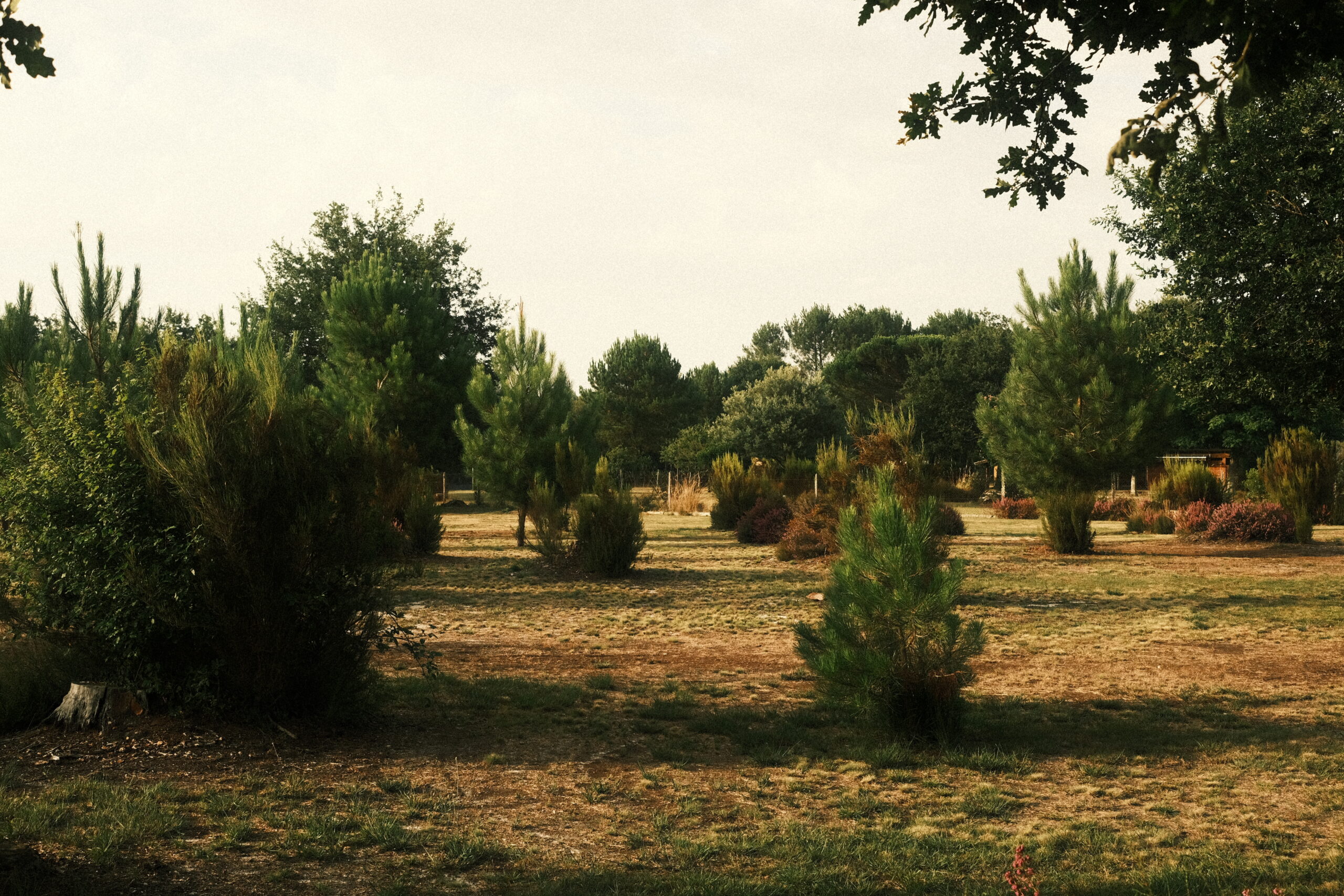Packing for an outdoor photography trip is both an art and a science. You need to bring the essentials to capture stunning shots, but at the same time, you don’t want to be weighed down by excess gear, especially when hiking or camping. Whether you’re a seasoned photographer or just starting to explore outdoor photography, having the right balance between equipment and portability can make or break your adventure. Here’s how to pack the perfect photography kit for your next outdoor expedition.
1. Start with the Right Camera Bag
The foundation of any successful outdoor photography trip is a good camera bag. You’ll want something that’s durable, weather-resistant, and comfortable to carry for long distances. Look for bags with padded compartments to protect your gear and enough room for additional essentials like snacks, water, and camping gear.
- Recommended Bag: The Lowepro Whistler BP 350 AW II is a great option for adventure photographers. It has enough room for your camera gear, extra lenses, and even a tripod, all while being rugged enough to handle tough conditions.
- Bonus Tip: Opt for a backpack with a built-in rain cover or pack a waterproof dry bag to protect your equipment in case of bad weather.
2. Choose Versatile Camera Gear
When it comes to outdoor photography, versatility is key. You’ll want to pack equipment that covers a wide range of scenarios without weighing you down.
- Camera: A mirrorless camera is often the best choice for outdoor photography due to its lightweight design and high-quality performance. The Fujifilm X-T5 is an excellent option, offering stunning image quality while being compact and easy to carry.
- Lenses: Choose lenses that cover a range of focal lengths. A wide-angle lens (e.g., 16-35mm) is perfect for capturing sweeping landscapes, while a telephoto lens (e.g., 70-200mm) helps you zoom in on distant subjects like wildlife. A prime lens (e.g., 50mm) can also be a great option for low-light situations and portrait shots in nature.
3. Don’t Forget the Tripod
A tripod is an essential tool for outdoor photographers, especially for long exposure shots, night photography, and landscape compositions. However, traditional tripods can be heavy and cumbersome to carry on long hikes.
- Recommended Tripod: The Peak Design Travel Tripod is a lightweight, compact option that’s easy to carry and offers excellent stability for outdoor shooting. It collapses down to a small size, making it perfect for stowing in your backpack.
- Bonus Tip: When shooting on uneven terrain, adjust the tripod’s legs to ensure a stable, balanced shot. You can also use natural supports like rocks or tree branches to steady your camera.
4. Carry Extra Batteries and Memory Cards
There’s nothing worse than running out of battery or storage space in the middle of an epic photography session. Since outdoor adventures can take you far from power sources and shops, always pack extra batteries and memory cards to avoid any interruptions.
- Pro Tip: Invest in a portable power bank or solar charger to keep your gear powered while you’re out in the wilderness. The Anker PowerCore Solar is a great option for charging your camera, phone, and other devices on the go.
5. Pack Essential Accessories
The right accessories can help you capture the perfect shot and keep your equipment safe. Make sure to include these key items in your outdoor photography kit:
- Lens Filters: A polarizing filter can reduce glare from water and reflective surfaces, making your landscapes look more vibrant. Additionally, neutral density (ND) filters allow you to take long-exposure shots in bright conditions, perfect for capturing flowing water or moving clouds.
- Microfiber Cloth: Dust, dirt, and moisture are inevitable when you’re outdoors. Keep your lenses clean and free from smudges with a microfiber cloth, which takes up virtually no space but is essential for sharp photos.
- Remote Shutter Release: For long exposure shots, using a remote shutter release will help you avoid any camera shake. If you don’t have one, using your camera’s self-timer function works in a pinch.
6. Protect Your Gear from the Elements
Weather conditions can change quickly when you’re out in nature, and your gear needs to be prepared for rain, snow, and extreme temperatures. Be sure to protect your equipment from the elements.
- Rain Protection: Aside from having a weather-sealed camera and lenses, bring along a rain cover for your bag and gear. If you’re caught in unexpected weather, even a plastic bag or poncho can work in an emergency.
- Cold Weather: In colder climates, batteries tend to drain faster. Keep your extra batteries in an insulated bag or close to your body to preserve their charge.
7. Stay Lightweight and Organized
The temptation to pack every piece of gear is real, but when you’re hiking or camping, mobility is crucial. Pack only the essentials, and try to keep your load as light as possible. Organize your gear in the bag so that your most-used items, like your camera and lenses, are easy to access without rummaging through everything.
- Tip: Use small packing cubes or dividers to separate and organize your gear. This will not only protect your equipment but also help you find what you need quickly, especially when you’re on the move.
Final Thoughts
Packing for outdoor photography requires careful planning to balance the gear you need with the desire to stay light and mobile. By choosing versatile equipment, staying organized, and preparing for the elements, you’ll be ready to capture stunning images no matter where your adventure takes you.

